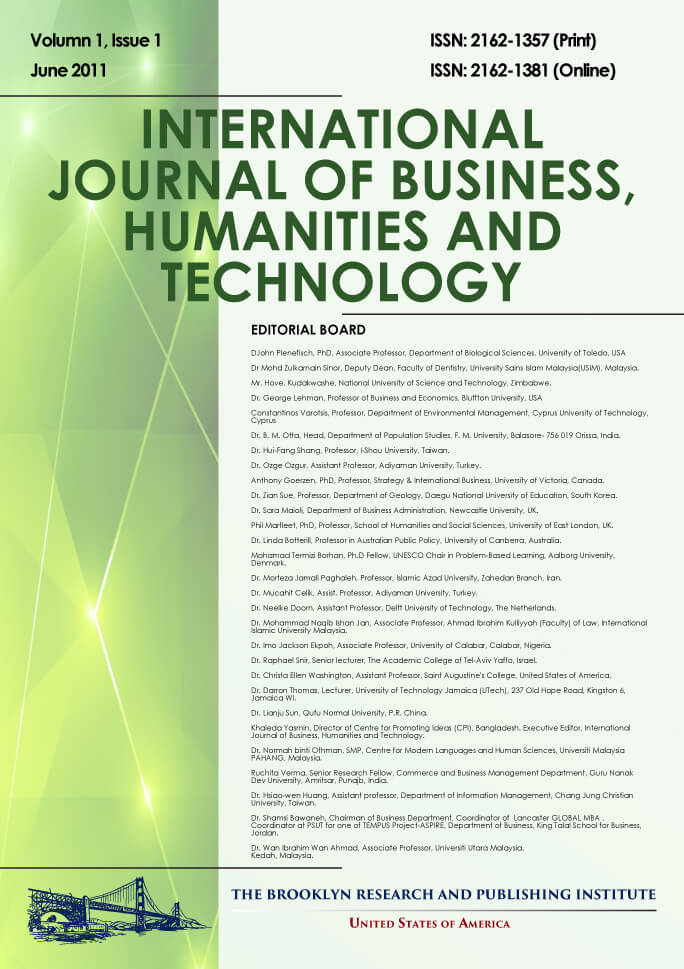ESL: Are We Really Communicating?
Ray Floyd
Abstract
The U.S. Department of Labor publishes a number of reports indicating trends of increased injury incidents, especially in specific industry sectors. The reports, coupled with Occupational Safety and Health Administration (OSHA) incident reports citing training and language as major causes of the accidents, prompt the question of possible correlation between the incidents and the lack of understanding by the operators, with the lack being emphasized by the language difference. Of equal importance, the Census Bureau has forecast a large growth in immigration, both legal and illegal, in which the ethnic groups may be categorized as poorly educated, with little English speaking skill. If English-As-A-Second-Language (ESL) is a problem, is the answer as simple as teaching everyone English, or teach everyone in their native language? The most realistic answer is neither, but it is necessary to gather further insight into the problem to begin to form an approach to a solution. This paper looks at some of the problems that may be less understood about ESL speakers, and suggests some approaches that may help alleviate the problem.
Full Text: PDF

The Brooklyn Research and Publishing Institute
442 Lorimer St, Ste D, Brooklyn, NY 11206, United States
© 2025 The Brooklyn Research and Publishing Institute. All rights reserved.

